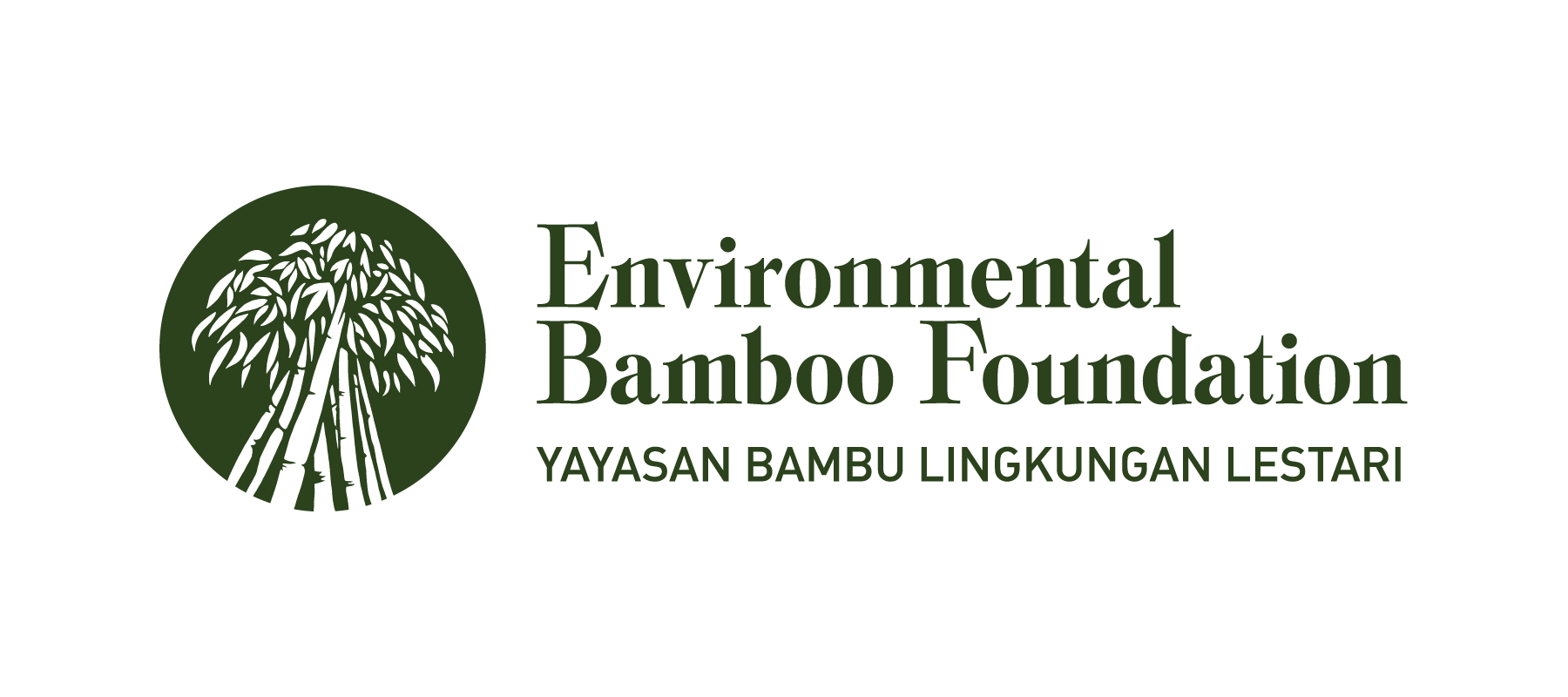Agroforestry Systems (AFS), or the association of trees with crops (or animals),
is a strategy for land management and use that allows production within the sustain- able development: (a) environmentally (production environmentally harmonic); (b) technically (integrating existing resources on the farm); (c) economically (increase in production), and (d) socially (equality of duties and opportunities, quality of life of the family group). As an intentional integration of trees or shrubs with crop and animal production, this practice makes environmental, economic, and social benefits to farmers. Given that there is a set of definitions, rather than a single definition of Agroforestry (AF) and AFS, it is justified to explore the historical evolution and the minimum coincidences of criteria to define them and apply them in the recovery
of degraded areas. Knowing how to classify AFS allows us to indicate which type or group of AFS is suitable for a particular area with its characteristics. The greatest ben- efit that AFS can bring to degraded or sloping areas lies in their ability to combine soil conservation with productive functions. In other words, AF is arborizing agriculture and animal production to obtain more benefits including climate change adaptation and mitigation by ecosystem services.
